Are you thinking about starting your own home-based business selling shirts? In this blog post, we’ll show you how to sell shirts online. So, buckle up, and let’s get started.
Alright, so the numero uno thing you need to understand is the magic trick of Print on Demand (POD). This allows you to turn those unique shirt designs dancing in your head into fantastic products, minus the headache and money drain of holding massive stock. A revelation.
POD works like a charm – you drop your designs onto a nifty platform that springs them into real-life goods only when some savvy shopper snaps them up. Say goodbye to unwarranted print jobs and piles of unsold merchandise.
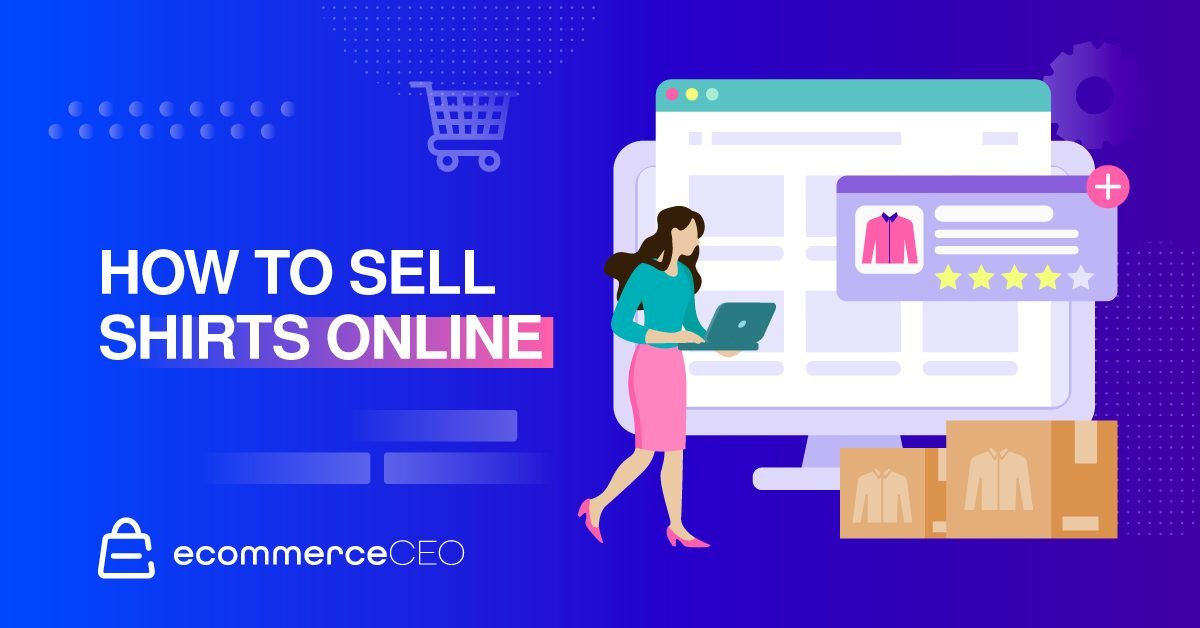
The sweetest part? Your merchandise doesn’t have to be just shirts; you can expand into other clothing items like hoodies, or even venture into different realms with products like mugs. Seriously, there’s no ceiling to this gig.
- Zero inventory expenses? You bet.
- Free from shipping woes? Definitely.
- Broader product league? Hell, yeah.
Ready to set the ball rolling on the journey to your dream online shirt business? We know you’ve got this. So, what are we waiting for? Let’s roll!
Research Your Target Market
Kicking things off strong is understanding who your audience is. Sure, you might think,
“Everyone loves tees! They’re universal!” And while that’s not entirely false – we all love a good shirt – not every design will appeal to every person. To avoid your beautifully designed shirts gathering digital dust on the e-shelf, start by narrowing your focus. Ask yourself, Who is your ideal customer?
Is your brand full of quirky humor that resonates with the college crowd? Or your designs are minimalist and sophisticated, appealing to the professional urbanite.
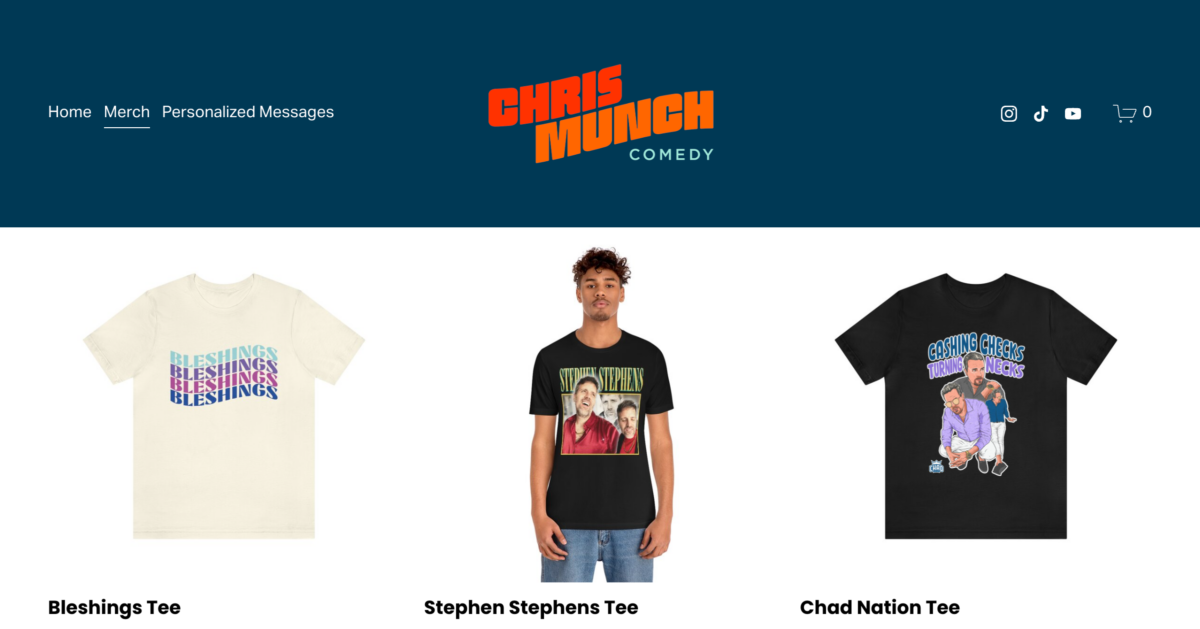
Understanding the characteristics and preferences of your audience – from the style of shirts they wear to the social media platforms they binge on – will significantly improve your chances for success.
Here’s what you need to know:
- Dig into demographic data to understand who your potential customers are. Age, occupation, geographic location, interests, and many other factors can directly impact what these people want in a shirt.
- Identify your competitors. Look at what they’re selling, how they’re marketing it, and to whom. What can you do differently? What can you do better?
- Get to know the popular trends in the t-shirt industry. Research can inform your designs, styles, and overall strategy.
- Run surveys with potential customers to determine what they’re looking for in a t-shirt, whether design, material, or price. Customer insights can be a game changer.
- Use social media for the market pulse. Use hashtag research to discover hot topics and see what styles or designs are trending in your target audience.
Entering any market without prior investigation is like diving headfirst into a pool without checking whether there’s water in it. Not pretty. You need to understand who you’re up against in your niche. So, grab a cup of coffee, plant yourself into your comfiest chair, and conduct a deep dive into your market.
Determine Your Product Offering
At first, you may want to sell t-shirts, but you should also consider other kinds of apparel down the line. The magic of ecommerce is in flexing your versatility.
You can have a full-fledged clothing line without hiring a fashion designer. There is no reason why you can’t add all these other print-on-demand products to your store:
- sweatshirts
- tote bags
- tank tops
- Leggings
- hats
But before you go all out with your business, you’ve got more homework to do.
First, don’t shoot blind! Order samples from your competitors and print-on-demand vendors. Why? It’s simple. Doing this lets you identify any gaps in quality, styles, or even prices. It’s like gaining a sort of espionage edge in the shirt-selling world, minus any secret agent risk. Plus, you’ll get a feel for the quality.
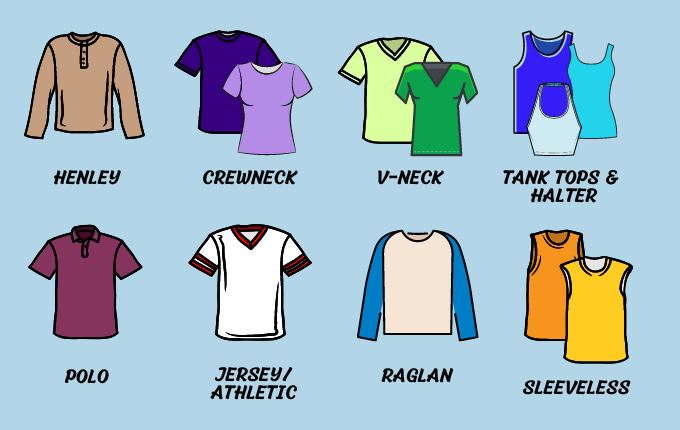
Shirt material can make a difference in a customer’s purchase decision. Some people prefer thicker, heavyweight shirts that give off a feeling of durability and sturdiness. They want to feel like they could survive the apocalypse in that tee. Others might incline towards thinner, lightweight materials—perfect for those summer days or indoor lounging.
Design Your T-Shirts
So, what do people like to see splayed across their chest? Is it catchy slogans that tickle their funny bone or subtle messages that evoke deep emotions and thoughts? The answer might surprise you, but it’s all of the above. And as long as it speaks to them, you’ve got yourself a potential customer. Thrown an epic design into the mix; you’re golden.
- Slogans: Think witty, catchy phrases that grab attention instantly. The kind that elicits a chuckle, a smirk, or a knowing nod. Humorous slogans are popular but don’t shy away from motivational or inspirational ones. The key is to make them fun and relatable.
- Messages: These can be powerful and, when done right, resonate with the wearer and anyone reading it. Strive to cover diverse themes—environmental awareness, mental health, body positivity, social justice, etc. Remember, your shirt is a billboard. Make it count.
- Artwork: A picture is worth a thousand words, they say. Eye-catching artwork, abstract designs, cartoons, or iconic images can elevate a simple tee into wearable art.
Simplicity Matters
Complicated designs can turn off customers. It’s important to remember that simplicity can be the ultimate sophistication. Aim for designs that are pleasing to the eye and easy to interpret.
Don’t Compromise on Quality
Ensure your design is top-notch, ideally in vector format. This guarantees that you can modify the size of your images without compromising quality.
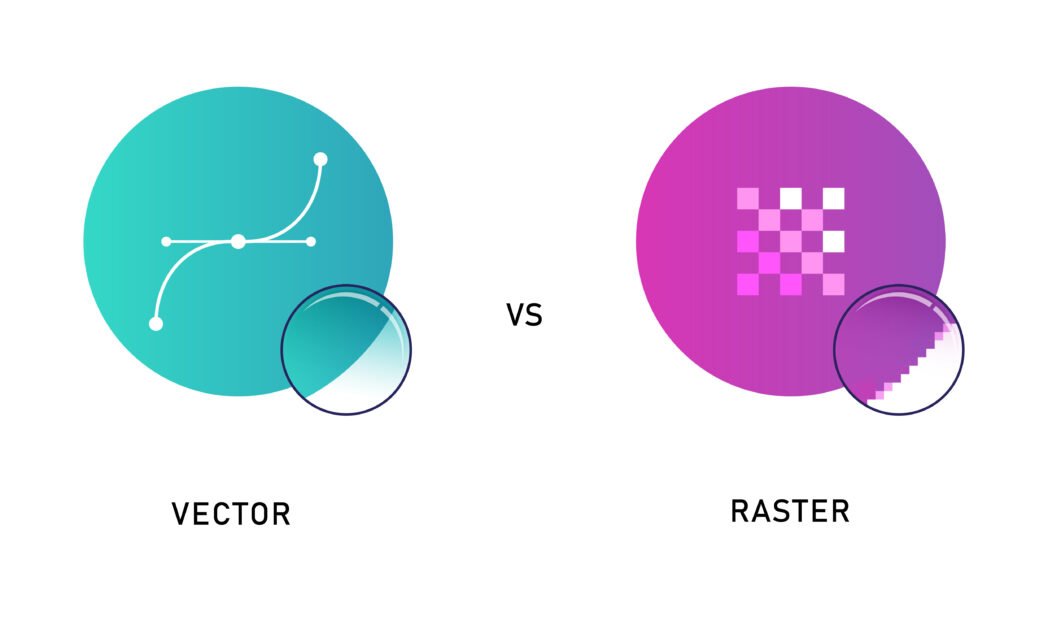
Templates Save Time
Templates can come to your rescue if you need clarification on designing from scratch. They provide a good starting point and can be the base for your design creativity!

Check out some templates below:
Maintaining Consistency
Consistent with your design aspects, like style, colors, and fonts, can help your brand stand out. Consistency makes your products easily identifiable to your customers.
Hiring A Freelance Graphic Designer
So, you’re different from the artsy type? No problem — you need to find someone who is. This is where hiring a freelancer comes in. Websites like Upwork, Fiverr, and 99designs are crammed with freelance graphic designers who can create unique, eye-catching designs for your shirts.
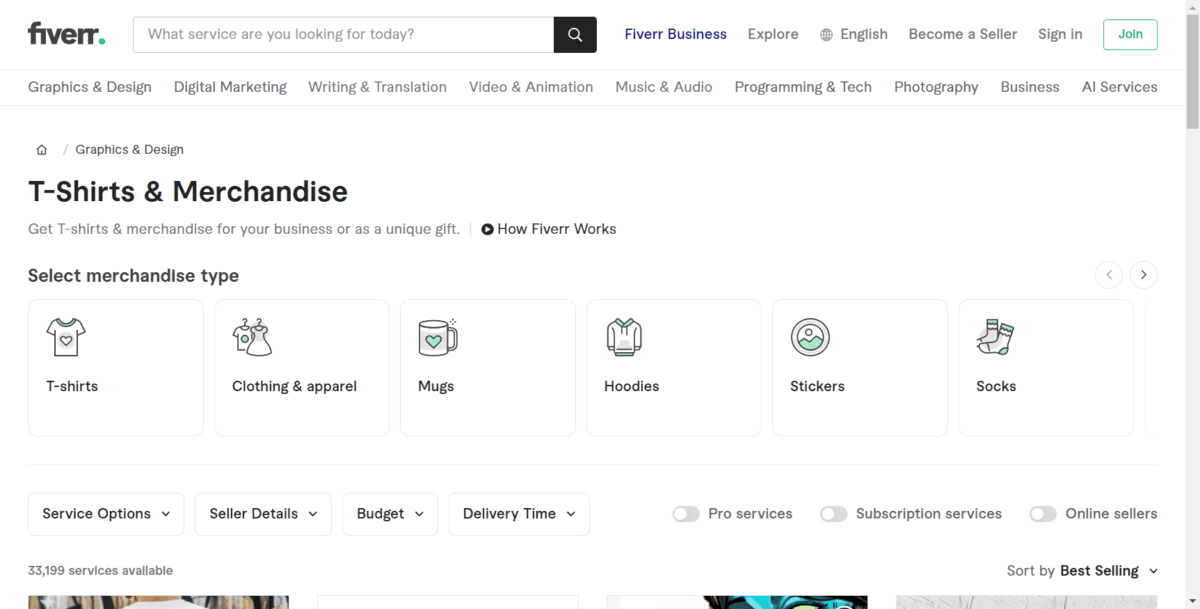
Typically, you’d want to retain all rights to use the design as you need, including selling it on shirts. This should be agreed upon before any work starts to avoid any messy legal disputes down the line.
Stay Legal
You must avoid the risk of copyright issues. Always ensure your designs are original or copyrighted works for which you hold the necessary permissions. Don’t slap the Disney logo on your shirt; you’ll undoubtedly hear from Mickey Mouse’s lawyer.
Get Feedback On Your Initial T-Shirt Designs
Instead of sinking capital into untested designs, verifying their popularity first is wise, ensuring your print-on-demand business produces only winning shirts. Bounce your designs off friends online,
Choose Your Print-On-Demand Service
Ah, yes. The all-important question: which print-on-demand service should you use for your thriving, soon-to-be mega-successful online shirt business? Let’s break it down, shall we?
When selecting a print-on-demand vendor, evaluate the variety of printing techniques they offer, such as screen printing, direct-to-garment, or heat press, and match their capabilities to your needs.
| Printing Method | Pros | Cons |
|---|---|---|
| Direct-to-Garment (DTG) | High-quality prints, ideal for detailed and complex designs, no color limitations. | Best on light-colored garments, slower print speed, higher cost of equipment. |
| Indirect Screen Printing | Adaptable to different material types, consistent quality, economical for large orders. | Costly and time-consuming setup, not suitable for intricate designs or full color prints. |
| Screen Printing | Durability, bright colors, cost-efficient for large orders. | Setup costs and time, limited detail in designs, color limitations. |
| Vinyl Transfer | Durable and vibrant colors, excellent for simple designs and small orders. | Not for complex or multi-color designs, hand cut can be time-consuming. |
| Heat Press | Simple to use, quick turnaround time, versatility with different materials. | Lower durability, color limitations, not cost effective for large orders. |
| Sublimation | Endless color possibilities, infused to fabric, light weight feel, resistant to fading and peeling. | Only suitable for polyester fabrics and light-colored garments, complex process, pricey equipment. |
| Heat Transfer Inkjet | Easy to start, flexibility with design and color, good for small orders and personal use. | Decreased durability, less professional look, heat and pressure must be carefully applied. |
Some additional considerations:
- Consider the depth of their product catalog. It’s a win-win if the vendor provides a variety of shirt styles and colors, allowing you to offer your audience a more comprehensive range of products.
- Check out the available shipping options and their speed and reliability. Your customers’ satisfaction heavily depends on prompt and efficient deliveries.
- Inspect their pricing structure. The cost of POD services should align with your budget and pricing strategy without compromising the quality of your shirts.
- Dig into the vendor’s reputation. Go through customer reviews and ratings to concretize the quality of the service they provide. After all, a lousy vendor choice can dim the shine of your online t-shirt business.
Consider services like Printify, Printful, and Gelato. They are hitting these points quite nicely. Now you have an idea of what to look for, go forth and conquer the print-on-demand universe!
Set Up Your Online Store
You don’t need to take a wild stab in the dark here. Instead, focus on the ball and choose a platform that integrates seamlessly with your selected print-on-demand provider. This integration can simplify your workflow, automate order processing, and facilitate easier inventory management, giving you more time to focus on other essential aspects of your business. If this synchronization factor is overlooked, prepare for chaotic order fulfillment and possible lags in delivery times. Make sense?
Here are some essential actions you need to tick off your checklist while setting up your online store:
- Finalize your branding. Solidifying your brand demands precision – decisively choose your brand colors, finalize that eye-catching logo, and stake your claim online with a memorable and relevant domain name.
- Choose Your Ecommerce Platform: A popular choice here is Shopify, but you can also opt for WooCommerce, Wix, or BigCommerce.
- Choose Your Design Template: Don’t be a template tease! Pick a design template that aligns with your brand personality and appeals to your target audience. Remember, first impressions matter even in the digital world.
- Integrate Your Print-On-Demand App: Yes, you heard it. This magic wand brings your designs to life on your products. Make sure your website’s back-end system loves it.
- Create Your Content: You don’t need a ton here; make sure each product has a fun description.
- Finalize Your Pricing: Don’t just pull numbers out of thin air. Develop a pricing strategy that balances profit margins with competitive pricing. After all, you’re in this business to make money, right?
- Set Up Payment Gateways: Cash or card? That’s so 2005. Offer a variety of secure payment methods that suit your customers’ preferences. And yes, that may also mean Apple Pay or Bitcoin.
Shopify Tutorials
- How To Set Up A Shopify Store
- Shopify Gelato Integration
- Shopify Printify Integration
- Shopify Printful Integration
BigCommerce Tutorials
Wix Tutorials
WooCommerce Tutorials
- How To Set Up A WooCommerce Store
- WooCommerce Gelato Integration
- WooCommerce Printful Integration
- WooCommerce Printify Integration
Where To Sell Your Merch Online
Your brand-spanking new shirts are ready to rock and roll, right? The virtual landscape is your oyster, filled with numerous online marketplaces you can use as launch pads for your global shirt-selling glory. It’s not just about choosing any platform to sell; you need one to catalyze your business growth, offer the desired profit margin, and streamline your end-to-end fulfillment process. Creating revenue streams is your goal, but remember, the better the user experience, the higher your customers’ return rate will be.
- Etsy: A global marketplace with audience reach. Offers integrations with top print-on-demand services like Gelato, Printify, and Printful. Manage your inventory, orders, and shipping effortlessly.
- Amazon Merch: Provides access to a vast customer base on the world’s biggest online marketplace. They offer print-on-demand services, which means they handle all aspects, including manufacturing, shipping, and customer service. Do note that the competition is high.
- RedBubble: Ideal for artists who seek a community that appreciates unique designs. Retain ownership of your work while they take care of manufacturing and shipping. Plus, you get a good portion of the selling price.
- Teespring: You can set your selling price above their base cost. Offers various sales boosters and integrates with popular online platforms. Again, they also manage manufacturing and shipping. You only need to drive traffic to your listings to rack up sales.
- Facebook: Many businesses leverage the vast user base to increase their product visibility. For selling your shirts, Facebook can be especially beneficial due to the platform’s visual nature. Most ecommerce platforms like Shopify, WooCommerce or BigCommerce have easy integration capabilities with Facebook, making managing inventory and sales across platforms a breeze.
Best Way To Sell Shirts Online
Ready to turn shoppers into buyers? Good, because mastering the art of promotion is the key to making waves in the online shirt-selling business. We get it; marketing can feel like a minefield. But guess what? It doesn’t have to be. Promoting your shirts online can be a breeze if properly strategized and executed. Incorporating high-quality photography of your shirts, showcasing their unique designs and fit, can significantly enhance the appeal and desirability of your products, ultimately increasing sales.
- Targeted Advertising: Paid social media advertisements, especially those on Instagram and Facebook, can be explicitly targeted at your chosen demographic, significantly increasing the likelihood of conversions.
- Influencer Campaigns: Partner up with influencers who resonate with your brand. They can help you reach a wider audience and grow your customer base exponentially.
- Email Marketing: A well-crafted email campaign can boost returns from existing customers and entice new ones, as email remains a potent tool in building customer relationships.
- SEO Optimization: Ramp up organic traffic to your store by optimizing for search engine ranking. An SEO-friendly store is more likely to be found by customers searching for products like yours.
- Special Events and Holiday Sales: Capitalize on sales potential during special events and holidays by offering discounts or limited-time offers. This creates urgency and entices customers to make a purchase.
Ready To Launch Your T-Shirt Store?
Don’t let the fact that the market feels saturated stop you from selling t-shirts online. Research shows the global custom t-shirt printing market was worth $3.9 billion in 2021. It’s expected to grow at a compound annual growth rate (CAGR) of 9.9% from 2022 until 2030.
And hey, remember Printify and Gelato. These prominent print-on-demand services can transform digital designs into tangible goods, offering quality printing, secure packaging, and simple order fulfillment with minimal upfront costs. Choose your preferred platform, upload your unique designs, and voila – your apparel line is ready to roll.
So, what are you waiting for? Dip your tentacles into the boundless world of online selling. Ready, set, launch your t-shirt empire right now, and watch it skyrocket!









